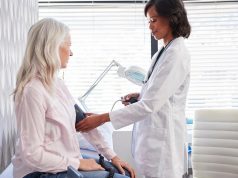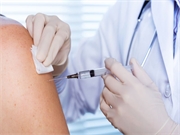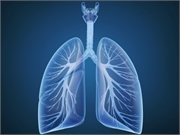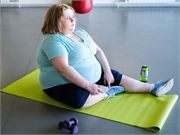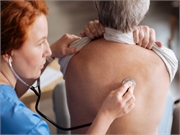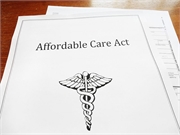Gefapixant Promising for Relief of Unexplained Chronic Cough
Cough frequency significantly reduced after 12 weeks of gefapixant 50 mg versus placebo in phase 2b study
Adults May Not Need Tetanus, Diphtheria Booster Shots
No significant decrease seen in incidence rates of tetanus, diphtheria with routine vaccination of adults
Facebook Bans False or Alarming Coronavirus Ads
The Center for Science in the Public Interest warns consumers to be cautious
Patient Satisfaction Scores for Hospitals Driven by Hospitality
Patient satisfaction scores do not reflect the quality of medical care, but rather room and board features
Compliance Low With USPSTF Lung Cancer Screening Recommendations
12.5 percent of those meeting USPSTF recommendations for low-dose CT had screening exam in past year
First U.S. Case of ‘Unknown Origin’ COVID-19 Identified
President Trump taps Vice President Pence to head coronavirus response
Fewer Women in Cardiovascular Trials, but Representation Improving
Representation of women varies with disease and trial characteristics, but overall, men still dominate
CDC: Prevalence of Obesity 42.4 Percent in 2017 to 2018
Age-adjusted prevalence of severe obesity 9.2 percent among U.S. adults, higher in women than men
Daily Care Conferences May Cut Length of Stay in COPD Patients
Study looked at average LOS in patients with COPD exacerbations treated at two community hospitals
Influence of Politics Has Not Waned in Opinions About ACA
Partisan divisions in favorable opinion of the ACA have gotten larger rather than smaller over time



